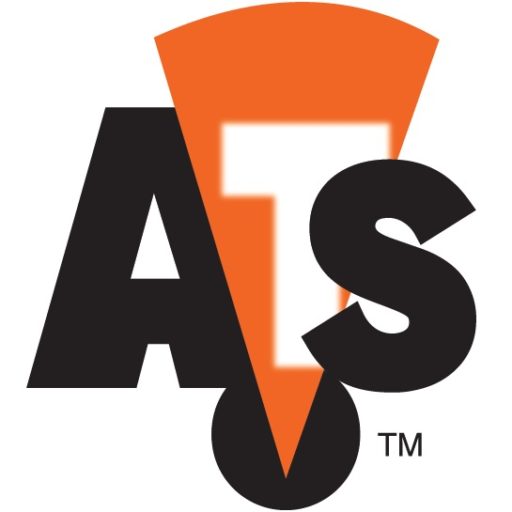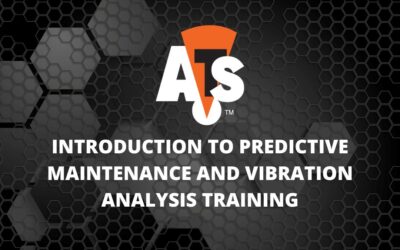With the rage of recent online monitoring systems flooding the PdM market, we received many inquiries regarding the advantages and disadvantages of the “newly” marketed systems. First and foremost, the online system (or Continuous Condition Monitoring system) has been around for a long time and used mostly in power plants to protect the turbine generators. Major PdM companies such as Bentley Nevada (currently owned by GE, which has the largest customer base in the US at close to 80 per cent), IRD, SKF, and CSI have installed these systems at power plants since the 80’s. In the early 90’s, Entek-IRD came out with a poor man’s online system, called a surveillance system. CSI and SFK came out with similar devices at the same time.
The main difference between a true online system and a surveillance system is that the online system continuously monitors ALL channels (all installed sensors) all the time, while the surveillance system monitors ONLY ONE channel at a time. The online system, therefore, is capable of capturing transient anomalies. Even though the surveillance system was marketed as 8, 16, 32 channels, and these units can also be daisy chained for larger installation, the system will only collect data in a multiplex fashion, collecting one channel prior to moving on to the next channel. If you have been reading the specifications of the current advertised online system, you will find that it is the surveillance systems at heart that are being marketed.
Choosing the right system mainly depends on the failure rate of an asset. Assets with very fast failure rate: such as turbine generators, high speed compressors, etc., will require a full-blown continuous monitoring system. The surveillance systems are most likely used for assets with a failure rate within a week or two from the first detectable indicator; assets that are in a remote area, hard to reach, or that have limited access due to safety or health concerns. The bottom line is that if the failure rate is within hours, a continuous online monitoring system is most likely the right choice.
So what are the differences between the original surveillance system and the current product? Three main differences:
- Communication method: The majority of the original surveillance systems communicate via Mod-Bus. The ones armed with Ethernet capability at the time are often unreliable and hard to configure. However, the Mod-Bus has one big advantage in that it does NOT come with the scrutiny from the IT department because it is used only for communication of controllers or like devices.
- Software and the internet: Data is readily accessible via the internet and therefore, the traditional high cost software is often reduced to a minimum subscription cost of the web application.
- The older surveillance systems are designed by vibration analysis practitioners, therefore, the control software, as the norm, contains all of the features needed for data analyzation in addition to a plethora of types of alarms. The same thing can NOT be assumed with the newest generations that are currently available.
Stay informed of the product you are purchasing to keep your production line running smoothly. More information will follow on online monitoring systems.






0 Comments